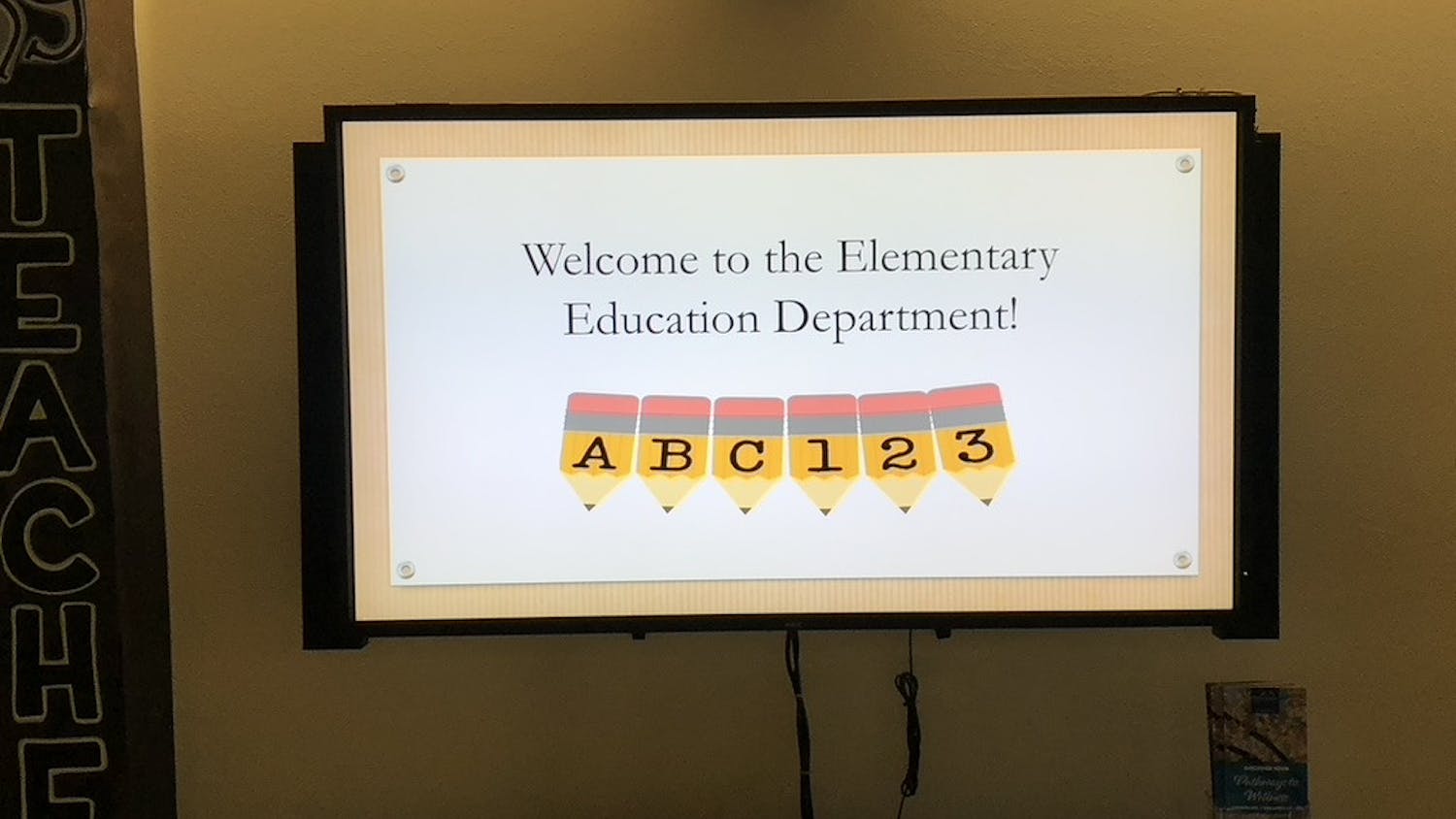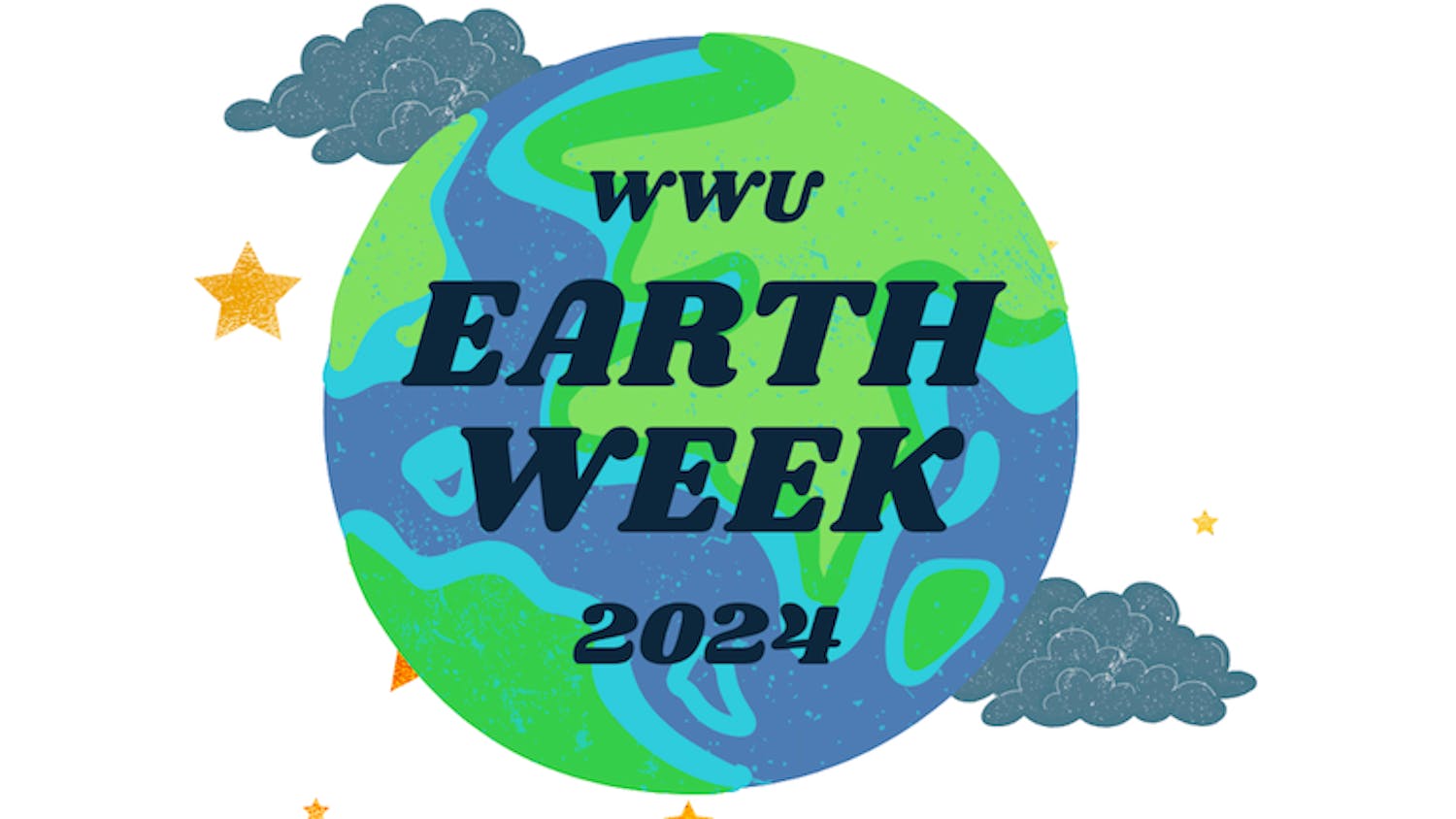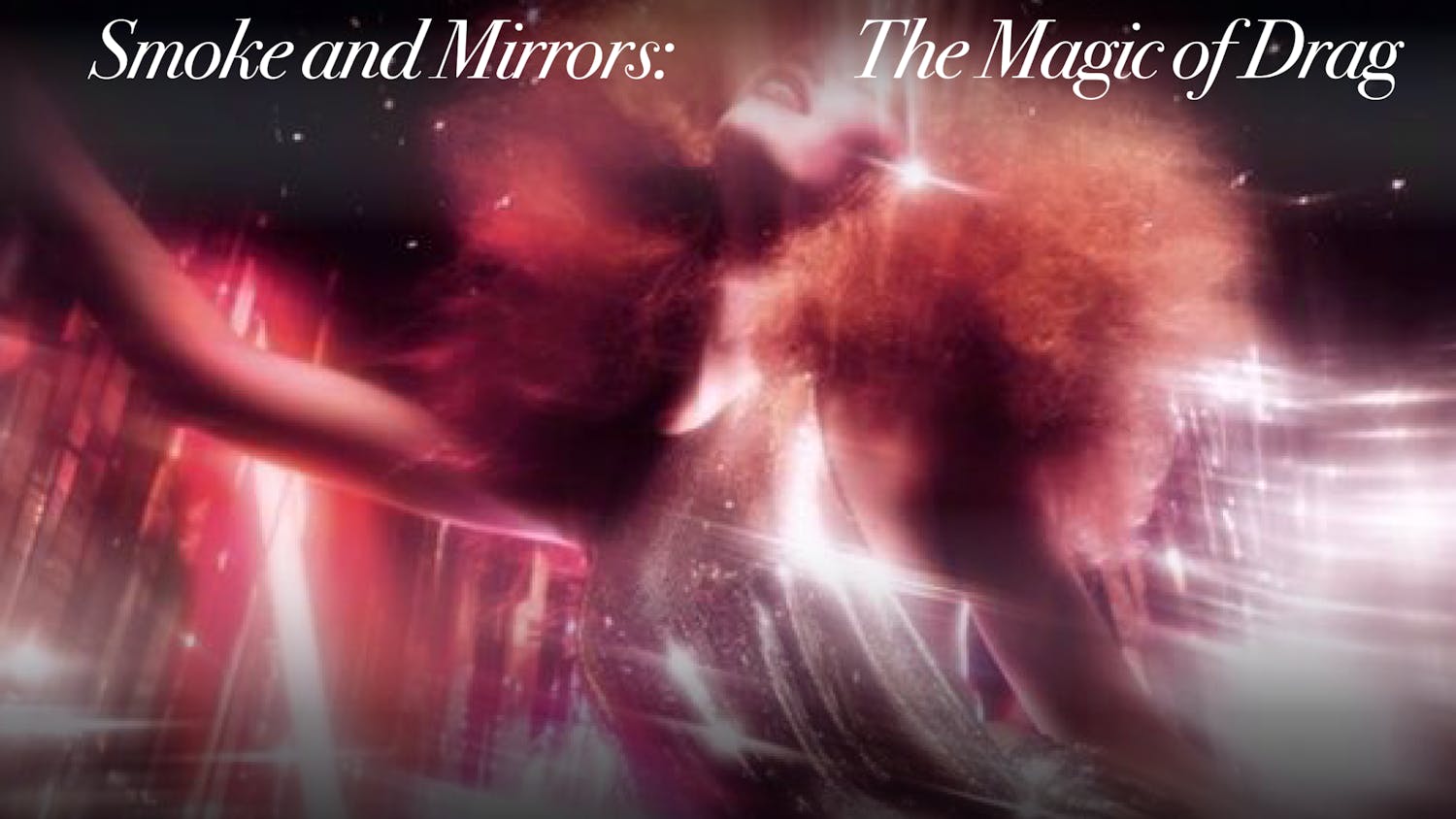By Emily Feek Student artists stood by booths that lined hallways of art ranging from digital works to eye-catching erotic embroidery for Western’s Queer Con. One of the student artists brought their 64-year-old Kenmore sewing machine to the convention. Western’s third annual Queer Con, held in the Communications Facility on Saturday, April 27, was student-organized and intended to unite the LGBTQ+ community on campus, Queer Con co-director and third-year Alexis Goss said. The event was also co-directed by fourth-year Corinne Blair. Although Goss and Blair directed the event, all of the WWU Queer Con club members helped facilitate the event and reached out to queer artists, arranged panels and managed social media, Blair said. “There are a lot of queer people and a lot of queer artists on campus, and I wanted to bring them together and create maybe more of a closer-knit community,” Goss said. Queer Con also hosted other LGBTQ+ campus groups at the event, featuring booths for the Associated Students Queer Resource Center, Queer and Trans People of Color and Out in Science. Western Aces presented a panel on the history of asexuality. Nani Corona Hae-Kyung, a first-year Western student and artist led a presentation on representation in media and discussed the portrayal of mental health, disability, race and sexuality. Hae-Kyung said as a someone who is queer, trans, disabled and a person of color, they had criticism and advice concerning their representation in mainstream media. Hae-Kyung explained that content creators should seek out multiple voices when trying to represent any group, and be willing to take constructive criticism. As for the viewers, they should be critical of the content they consume. “The most important thing is always to listen,” Hae-Kyung said. Hae-Kyung also expressed a desire for more mainstream representation of they/them pronouns, and referenced the podcast “Welcome to Night Vale” which features a prominent non-binary character. Unlike “Welcome to Night Vale,” a majority of media outlets do not provide such direct representation, Hae-Kyung said. For those whose identities are underrepresented in media, Hae-Kyung recommended people seek out ways to share their own stories. “If you aren’t seeing a story out there, try to find a way to get it out there,” Hae-Kyung said. Queer Con also hosted the Out in Science: Being LGBTQ+ in STEM panel, featuring science, technology, engineering and math students Walden Marcus, Mia Watters and Elias Peters, as well as assistant physics professor Dimitri Dounas-Frazer. The panelists discussed their experiences related to identity within their departments on campus, and focused on how their identity related to their work in those fields. Watters said although their identity may not impact engineering work as a process, it gives them a better understanding of who they are working for and what their goals are. “If you identify with that community, you can connect better with what the needs of that community are than if you’re just told what those needs are,” Watters said. Marcus said many of the STEM departments on campus have been accepting of LGBTQ+ students, including students who request name or pronoun changes. “It’s been somewhat hit or miss,” Marcus said of his experiences. “It was passive, and I had to initiate the conversation.” Marcus said the STEM departments at Western should try to be more actively accepting in the future. He said that intentional actions such as having students introduce themselves with pronouns on the first day of class can create a more accepting climate. Peters said they would feel more comfortable introducing themselves with their pronouns if other people did as well. By normalizing the sharing of pronouns, they said it feels less like outing themselves when they share theirs. The panel also discussed the ways in which STEM fields can be used to reinforce heteronormative ideals. Peters pointed out how in statistics, data is often binary and uses designations of male and female without defining those standards. Professor Dounas-Frazer said physics concepts can represent queerness just like it represents heteronormativity with the concept of opposites attracting. “Physics has really powerful metaphors for queerness and gender-queerness,” Dounas-Frazer said. “I see queerness embedded in the subatomic makeup of our universe.” In addition to provoking conversations about representation and queer identity in science, Queer Con created an environment that allowed for communal connection and supported student artists, Blair said. In the past, Queer Con has featured professional artists. “We really like having a lot of student artists because it improves the Western community specifically,” Blair said. Queer Con was student-directed with minimal help from faculty and staff, although Goss said that their faculty advisor, GIM, was helpful throughout the process. GIM, a chemistry and materials science instructor, said they were a resource to students, but that the club members did the bulk of the work. “It’s very much a student-powered effort,” GIM said. The event was funded by ticket sales and donations. The AS provided funding for costume contest prizes, and the club hosted a fundraiser with a local bar Miller's Backdoor Bellingham. Goss said they are trying to increase student involvement with Queer Con and other queer clubs on campus, and are looking for students to help organize next year’s convention. They said that getting involved with other queer clubs is an option for community engagement after Queer Con.





